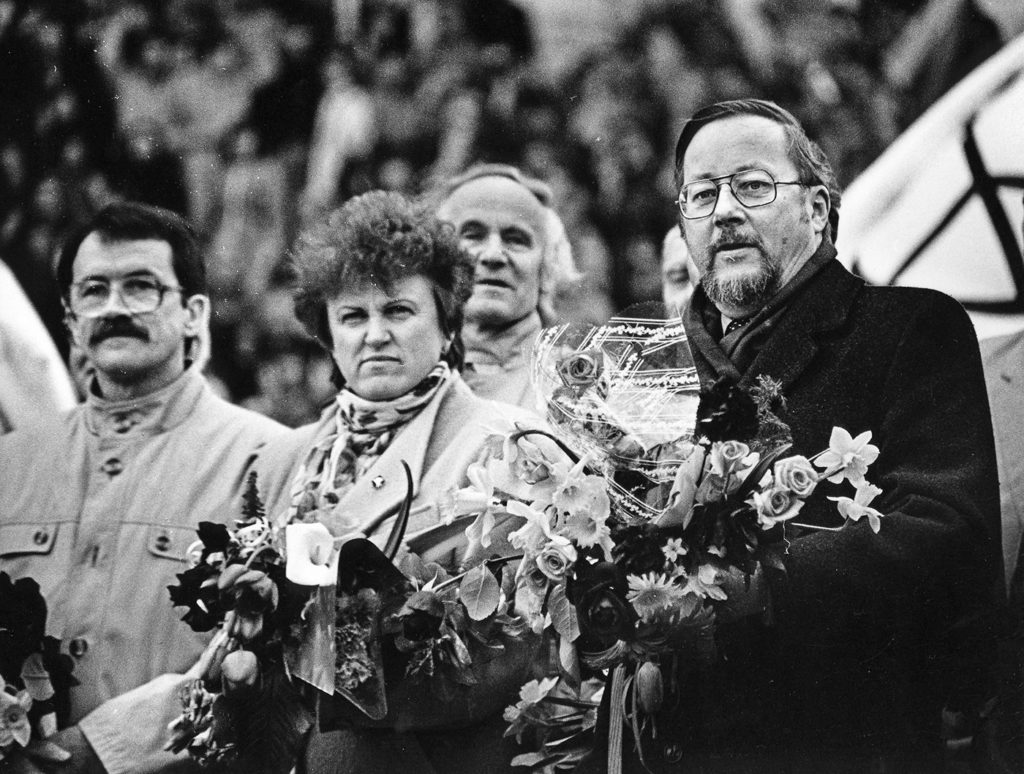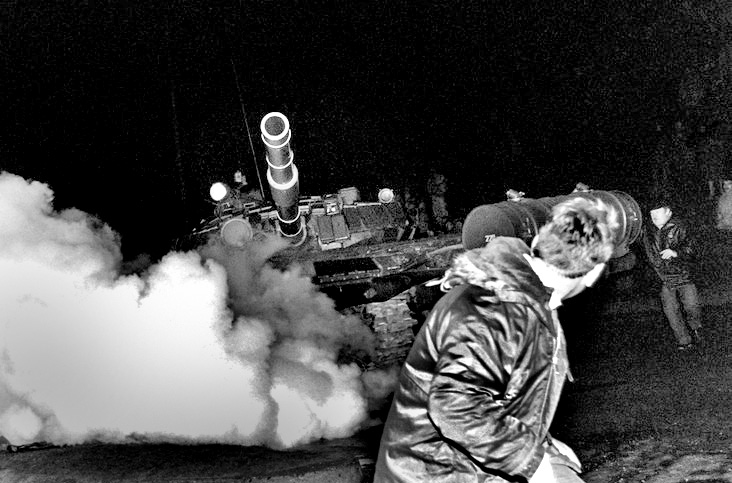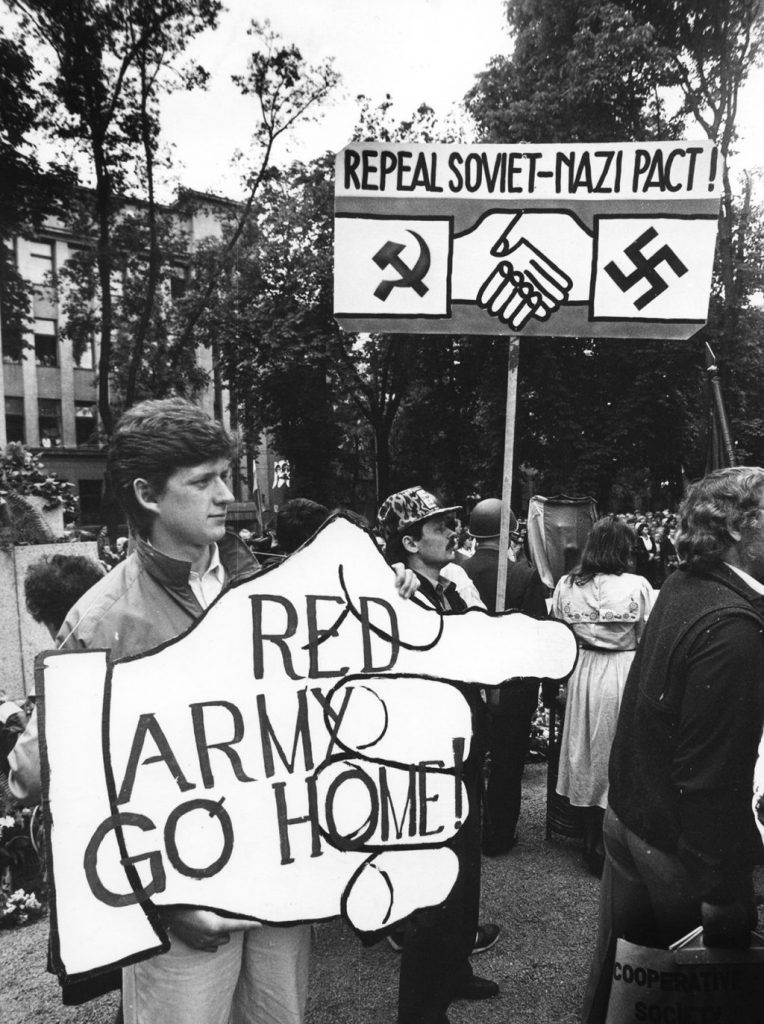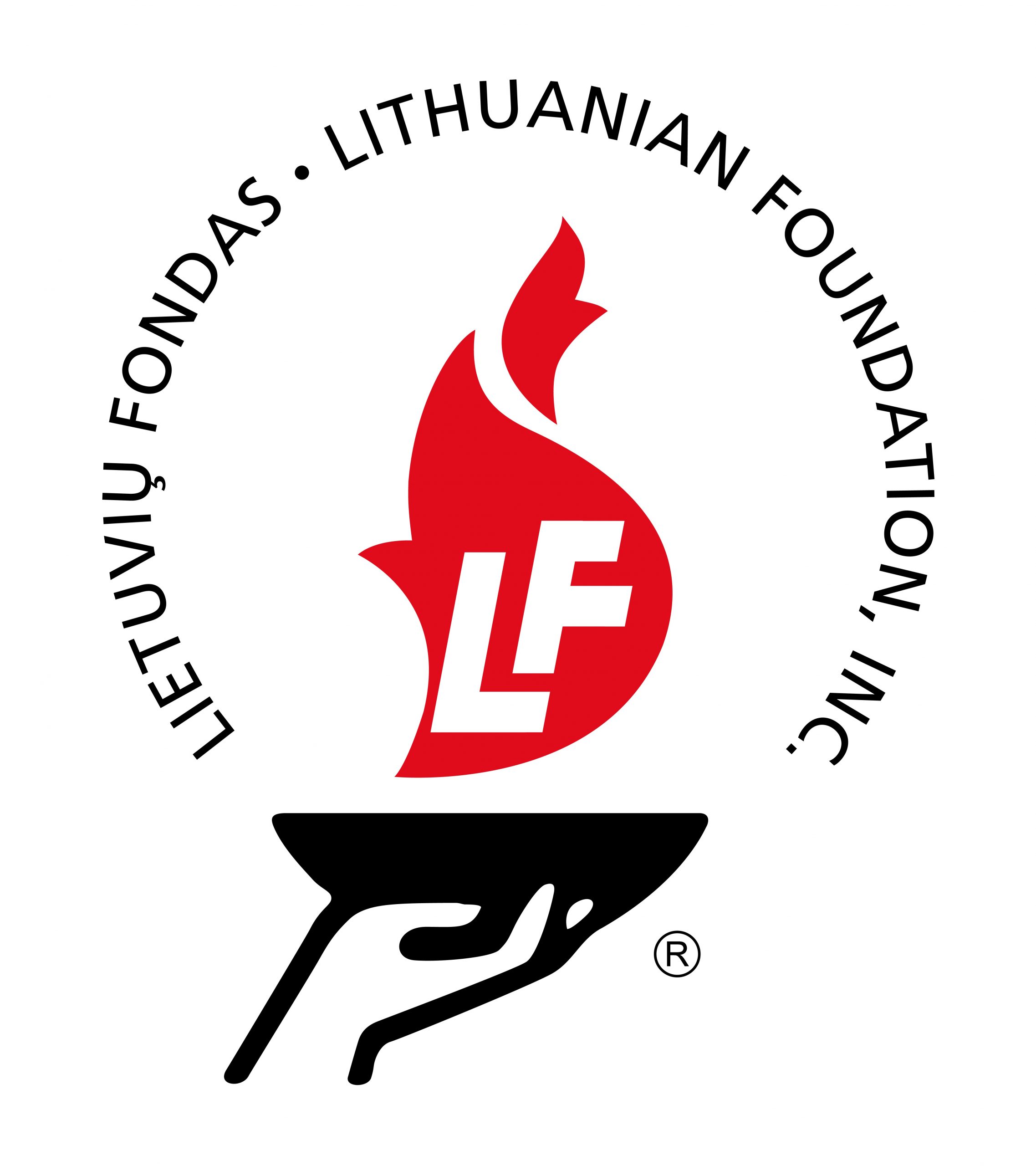Thirty Years Ago, Lithuania Faced Its Moment of Truth
Imagine a world in which your local university offers a course in modern Lithuanian history. Of course you’ve enrolled and now it’s time for your final exam. Your first essay question reads “What were the five most important milestones in 20th century Lithuanian history? Why?”
How would you respond?

My guess is that the two declarations of national independence – February 16, 1918, and March 11, 1990 – would be on everyone’s list. After that, opinions would diverge. For my part, I would be strongly inclined to select January 13, 1991, as the third most important event. As we approach the 30th anniversary of that milestone, perhaps the best way to assess the event is to remind ourselves of its particulars, to reflect on how it represented both tragedy and triumph, and to consider its impact in Lithuania and beyond.
Before we focus on Vilnius, let’s recall how the Lithuanian saga fit into the remarkable changes that transpired in Europe during the waning years of the Cold War. After Mikhail Gorbachev became general secretary of the Communist Party of the USSR (March 1985), he embarked on an ambitious program to resuscitate the moribund Communist system. Gradually, he loosened the Communist Party’s stranglehold on Soviet society, committed to nuclear arms and troop reductions in Europe, and allowed Central Europe to spin out of the Soviet orbit, culminating in his acceptance of a unified Germany in NATO (July 1990).

Overt orthodox Communist opposition to Gorbachev’s moves toward a less repressive and militaristic regime emerged in 1988 and intensified in 1990 and 1991, as the Soviet ruler played hardliners and reformers in his inner circle off against each other. Though Gorbachev was willing to let the Warsaw Pact disintegrate, he was relentlessly hostile toward moves by nations within the inner Soviet empire to assert their national autonomy. When Lithuania became the first so-called “Soviet republic” to declare independence on March 11, Gorbachev imposed an economic blockade that he expected would cause a popular revolt by Lithuanian citizens against their government. He believed that national consciousness was a “false idea” and that the Lithuanians would succumb to economic and military pressure. After 75 days of economic hardship for Lithuanians and embarrassment to Gorbachev over the failure of his bullying to bring the Lithuanian government to its knees, the two sides struck a face-saving agreement that didn’t end the impasse over independence.

The outcome at the time could have been much worse for Lithuania. At a March 22 Politburo meeting, Gorbachev had rejected a proposal by one of his generals to impose presidential rule in Lithuania. That same day, Soviet Defense Minister Dmitri Yazov wrote in his diary: “To be ready to take the TV center.” On April 9, Yazov added the following entries: “General strike! A telegram will be sent for them to abolish their resolutions, restore the constitution,” “About 200 armed men, in the Hall and the Supreme Council,” and “The publishing house belongs to the CPSU [Soviet Communist Party] – capture it!” These jottings foreshadowed the attack plan that was to be executed in Lithuania nine months later.
Gorbachev’s Lithuania problem was compounded by other events challenging the supremacy of the Soviet state. In June the Russian republic declared its sovereignty. In October Russia and Ukraine announced that their laws took precedence over Soviet law. According to President George H.W. Bush’s former deputy national security adviser, “Realization that the Soviet Union was slipping away from him, just as Eastern Europe had, at this point [November 1990] prompted a radical shift of political position by Gorbachev, who now made common cause with conservatives.” Confirmation of that came a few days before Christmas. Issuing a public warning that “dictatorship is coming,” Foreign Minister Eduard Shevardnadze resigned.
Rėmėjai

